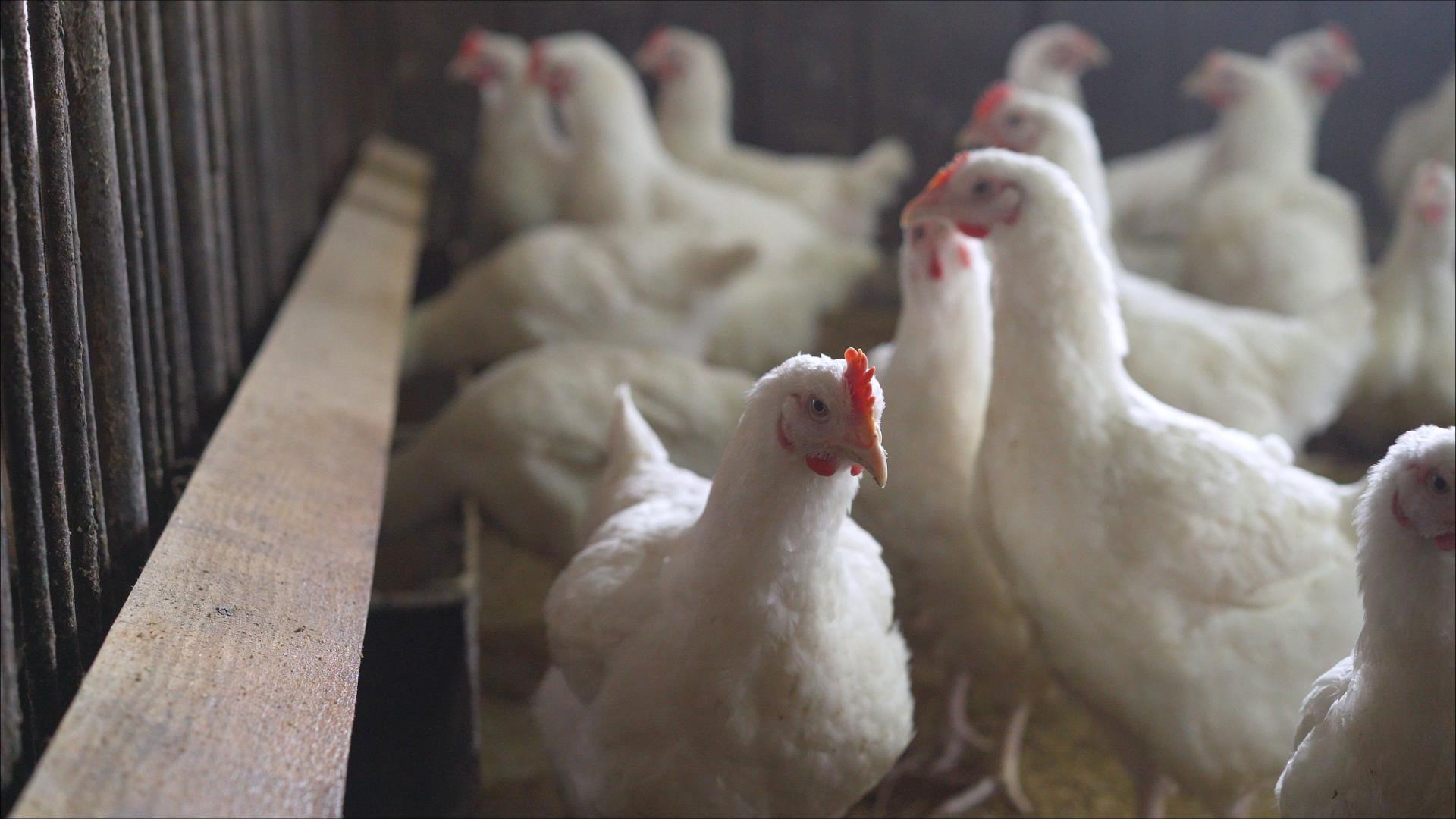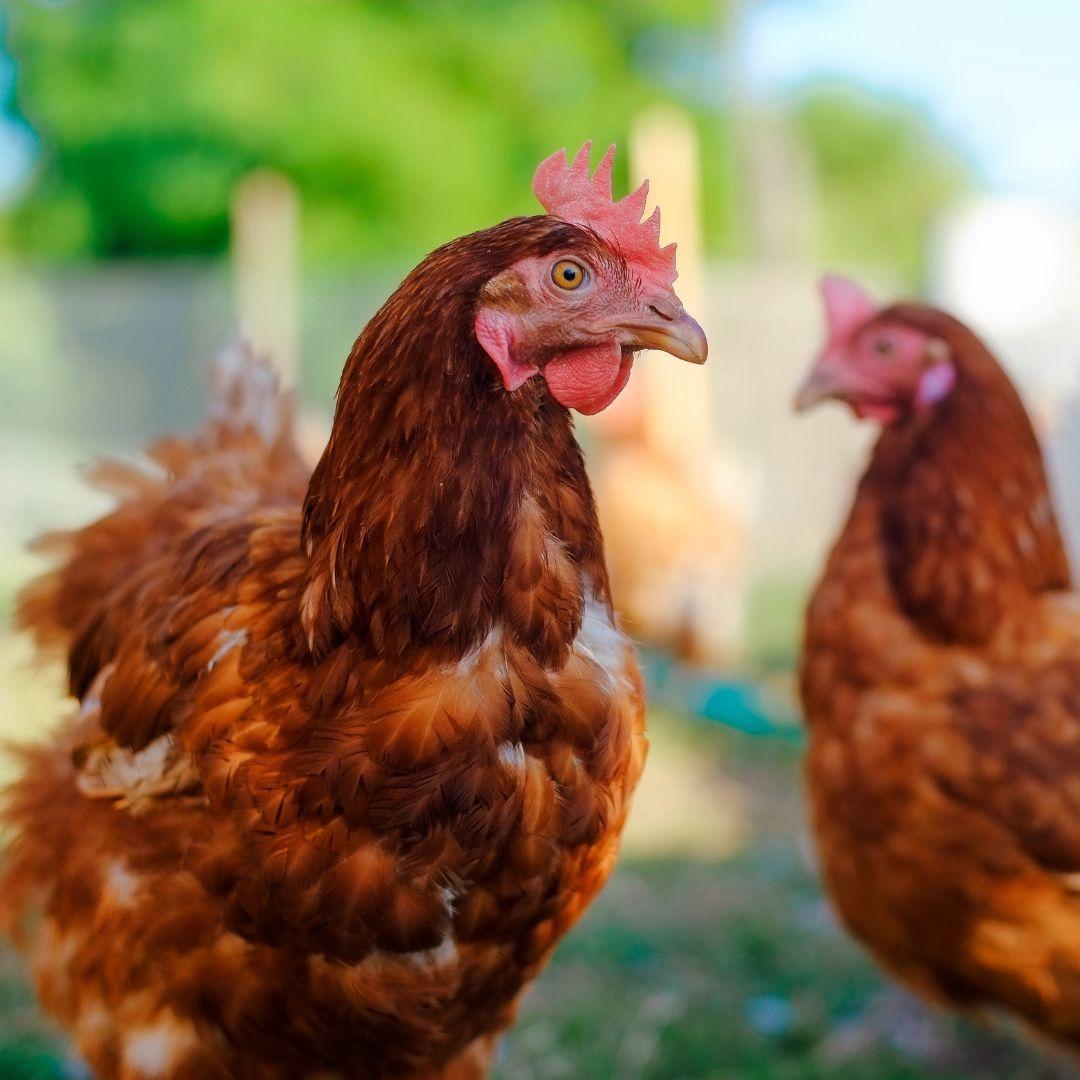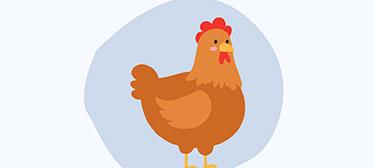H5N1 (Bird Flu) FAQ
What is Avian Influenza (Bird Flu), H5N1?
H5N1 is a type of influenza virus that causes a highly infectious severe respiratory disease in birds called avian influenza or bird flu. Infected birds shed H5N1 viruses in their saliva, mucus and feces.
Which birds are most likely to be infected?
Wild birds that carry bird flu viruses include waterbirds, like ducks, geese and swans, and shorebirds, like storks. Bird flu viruses can easily spread from wild birds to poultry, like chickens and turkeys. Some wild birds can carry bird flu viruses without appearing sick, but poultry, like chickens and turkeys, can get very sick and die from some bird flu viruses. If you raise backyard poultry or ducks, these birds can get bird flu if they have contact with infected wild birds or share food, sources of water, and environments with them. Most common songbirds or other birds found in the yard, like cardinals, robins, sparrows, blue jays, crows, or pigeons, do not usually carry bird flu viruses that are dangerous to poultry or people.
What is the risk of bird flu viruses to human health?
Human infections with bird flu viruses are rare but can occur, usually after close contact with infected birds. Very rarely, human infections with bird flu have happened after exposure to other infected animals. It is important to remember that risk depends on exposure, and people with more exposure are at greater risk of infection.
Human infections with bird flu viruses have most often occurred after close or lengthy unprotected contact (e.g., not wearing gloves, respiratory protection or eye protection) with infected birds or places that sick birds or their saliva, mucous and feces have touched.
Human infections with bird flu viruses can happen when the virus gets into a person’s eyes, nose or mouth, or is inhaled. This can happen when the virus is in the air (in droplets or possibly dust) and a person breathes it in, or possibly when a person touches something that has the virus on it and then touches their mouth, eyes or nose.
What should the general public do to protect themselves against bird flu?
As a general precaution, people should avoid direct contact with wild birds or other animals infected with or suspected to be infected with bird flu. Observe them only from a distance, if possible. Wild birds can be infected with bird flu viruses without appearing sick. If possible, avoid contact with sick or dead animals including wild birds, poultry, other domesticated birds, and other wild or domesticated animals. Bird flu viruses have been detected in many other species. Avoid contact with surfaces that appear to be contaminated with animal feces, raw milk, litter, or materials contaminated by birds or other animals with suspected or confirmed bird flu virus infection. The Centers for Disease Control and Prevention (CDC) has information about precautions to take with wild birds, poultry and other animals.
What do I do if I have a backyard poultry flock and notice dead and sick birds?
In Maryland, report any unusual or sudden increases in sick birds to the Maryland Department of Agriculture (MDA) Animal Health Program at 410-841-5810.
Backyard flock owners can email questions about the outbreak to Birdflu@maryland.gov.
What do I do if I see any dead wild birds?
Anyone who sees sick or dead birds in the wild should not handle or move them, but should call toll-free 1-877-463-6497. United States Department of Agriculture (USDA) Wildlife Services operators are available from 8:00 a.m. to 4:30 p.m. Monday through Friday, except State holidays.
Should I be concerned about consuming poultry?
As a reminder, it is safe to eat properly handled and cooked poultry and poultry products in the United States. The proper handling and cooking of poultry and eggs to an internal temperature of 165 F kills bacteria and viruses, including bird flu viruses. In addition, people should not prepare or eat uncooked or undercooked food or food products, such as unpasteurized (raw) milk, or raw cheeses, from animals (for example, goats or cows) with suspected or confirmed bird flu virus infection.
How do people who work with birds protect themselves?
- People who must handle sick birds should take the following precautions:
- Use protective equipment like gloves, an N95 respirator if available or, a well-fitting facemask (e.g., a surgical mask), and eye protection.
- Avoid touching your mouth, nose, or eyes after contact with birds or surfaces that may be contaminated with saliva, mucous, or feces from wild or domestic birds.
- Wash your hands with soap and water after touching birds.
- Change your clothes before contact with healthy domestic poultry and after handling wild birds. Then, throw away the gloves and facemask, and wash your hands with soap and water.
- Hunters who handle wild birds should dress game birds in the field when possible and practice good hygiene to prevent any potential disease spread.
- Bird owners of backyard flocks should practice good biosecurity and prevent contact between their birds and wild birds.
Can other animals be infected with bird flu viruses?
Yes, although bird flu viruses primarily infect different types of wild birds and domestic poultry, bird flu viruses can infect other animals as well. Bird flu viruses have previously been known to occasionally infect mammals that eat (presumably infected) birds or poultry and mammals that are exposed to environments with a high concentration of virus. These mammals include, but are not limited to, wild or feral animals such as foxes; stray or domestic animals such as cats and dogs; and zoo animals such as tigers and leopards.

In March 2024, a multi-state outbreak of bird flu in dairy cows was first reported. This is the first time that these bird flu viruses were found in cattle.
Should I be concerned about the milk supply or consuming milk products?
The Food and Drug Administration (FDA) has concluded that pasteurized milk products are safe for consumption despite the widespread outbreak of cows infected with H5N1 bird flu. This is because pasteurization inactivates H5N1 bird flu in milk. The FDA is urging consumers not to drink raw milk or eat raw milk cheeses.
Is it safe to feed raw pet food to my cat or dog?
Raw pet food and treats can make your dog or cat sick. The Centers for Disease Control and Prevention does not recommend feeding raw pet food or treats to dogs and cats. Recently, two raw pet foods were recalled due to contamination with H5N1. People and their pets should avoid eating raw meat products.
Is there a vaccine to prevent bird flu virus infections in humans?
Seasonal flu vaccines do not provide protection against these viruses.




